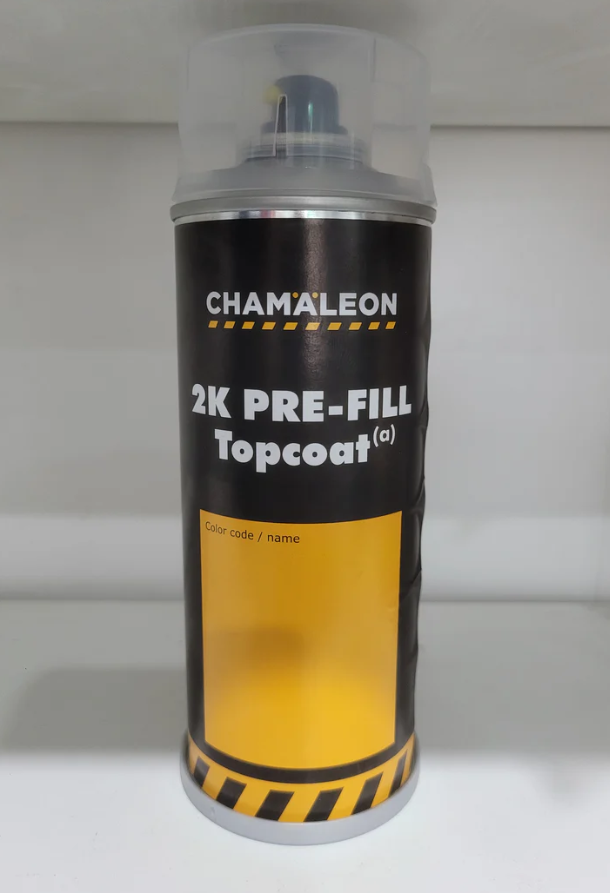5 Steps to Conduct an Operational Audit in C-Stores

Convenience stores offer essential goods and services to customers on the go. Delivering speedy and convenient service is possible when C-stores operate to the set standards. Even skilled staff plays a vital role in adding convenience for customers. Thus, the success of C-stores depends upon many factors.
Any inconvenience in purchasing goods can drive customers from your store to competitors. This is where an operational audit can be useful to identify inefficiencies, optimize processes, and deliver superior service. Regular audits are crucial to maintain customer experience in C-stores. Let us look at the 5 steps to conduct an effective audit:
- Set Objectives of the Audit
Start by determining what you want to achieve with the audit. Outline the scope and objectives to ensure the audit is focused and comprehensive. Identify critical areas like operational efficiency, customer service, inventory management, and regulatory compliance. Align your objectives with broader business goals to enhance the convenience store customer experience. Defining these objectives helps emphasize efforts and provides a clear direction for the audit.
- Develop a Comprehensive Audit Checklist
A detailed audit checklist is essential for consistency. The checklist must include key areas such as cleanliness, inventory levels, equipment functionality, and employee adherence to service protocols. Tailor the checklist to the specific requirements to ensure no aspect is overlooked. Moreover, the checklist should also cover the overall ambiance of the store, including lighting, temperature, and music that influence customer satisfaction.
- Gather and Analyze Data
Data collection is the key to any successful audit. Use observations, staff interviews, document reviews, and performance metrics to gather actionable insights. Modern audit software can streamline this process by providing real-time data and analysis. Make sure to document findings with photos and videos for clarity. Review sales data, inventory records, and customer feedback to identify trends and pinpoint areas that need attention.
- Identify Gaps and Opportunities
Analyze the collected data to uncover operational inefficiencies and potential areas for improvement. Look for recurring issues such as stockouts, unclean facilities, or long wait times at checkout. Prioritize these gaps based on their impact on customer satisfaction and store profitability. Make targeted changes to resolve high-priority issues to avoid negative effects on the convenience store customer experience. At the same time, identify opportunities and put efforts into creating a more seamless shopping journey.
- Implement Changes and Monitor Progress
Turn audit findings into actionable improvements with a clear plan. Communicate updates to your team regarding the changes that need to be implemented. Provide necessary training to address identified gaps and make sure that staff understand their roles in the improvement process. Monitor progress through follow-up audits and performance metrics to drive continuous improvements. With tracking results and refining strategies, you can improve operations and maintain high standards.
Final Thoughts
Serving customers to the set standards is crucial for the success of C-stores. Audits are crucial for maintaining efficiency and delivering exceptional convenience. Follow these 5 steps to conduct audits and get effective results. Use data that you have gained from audits to improve customer satisfaction and boost your profitability. However, an audit is not a one-time task but an ongoing process to refine processes as your business evolves. Thus, you need to conduct audits regularly to help you stay ahead of potential issues and meet customer expectations.







